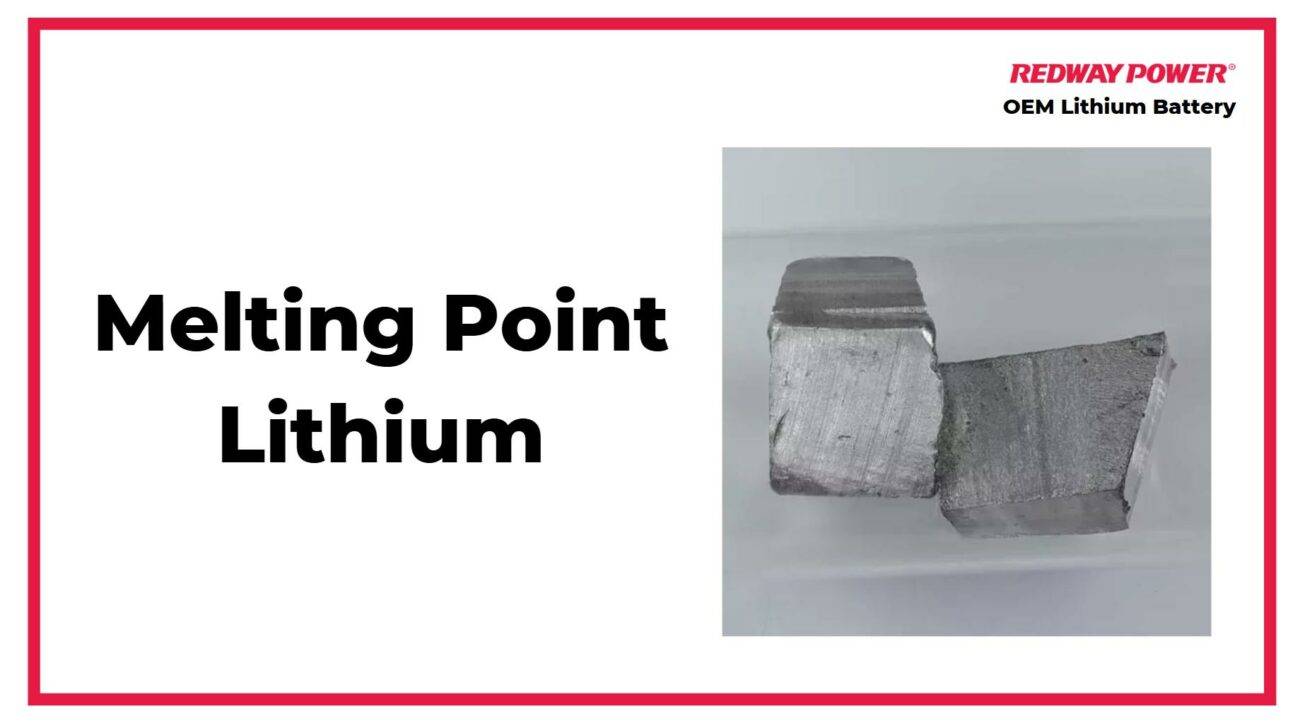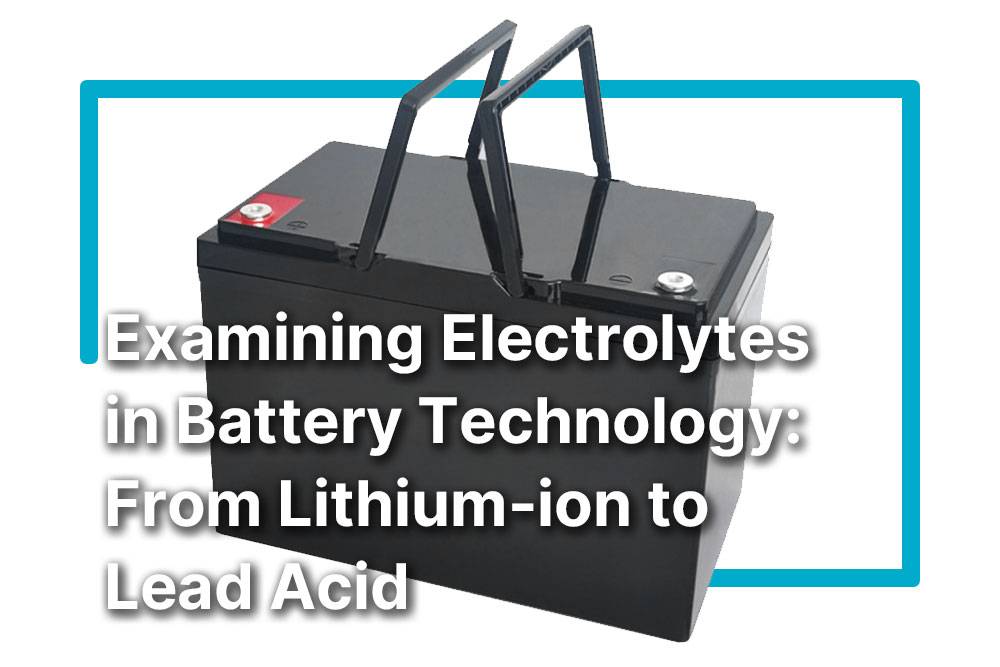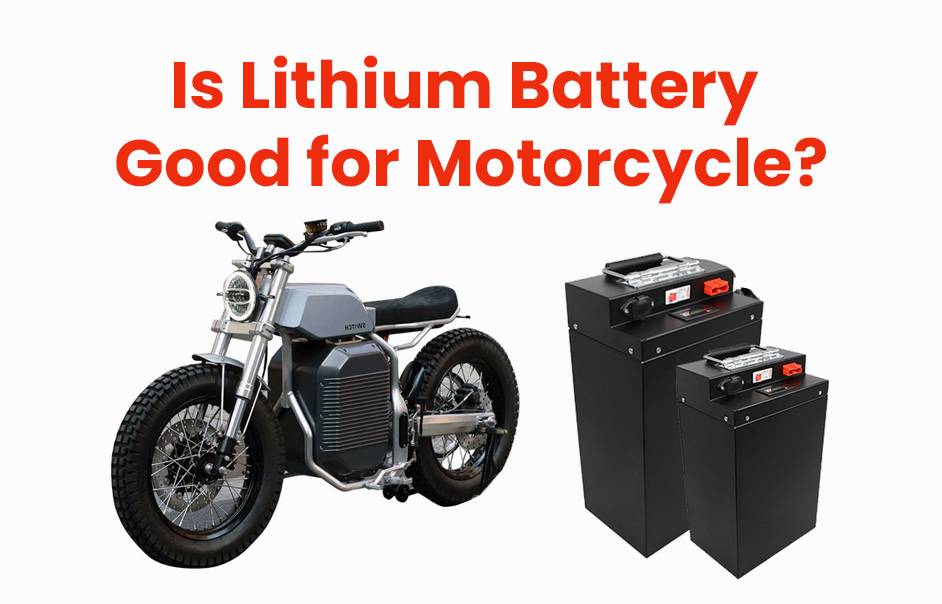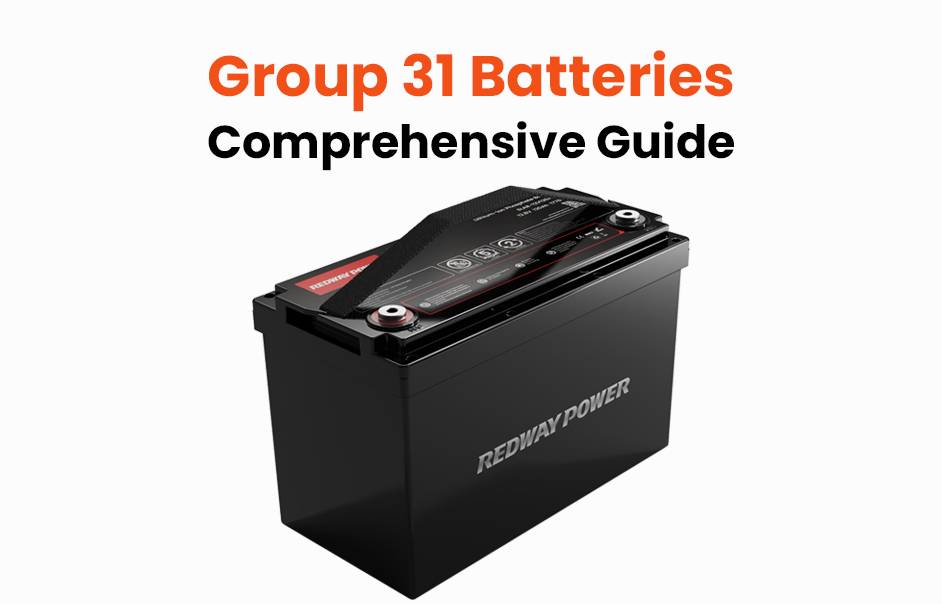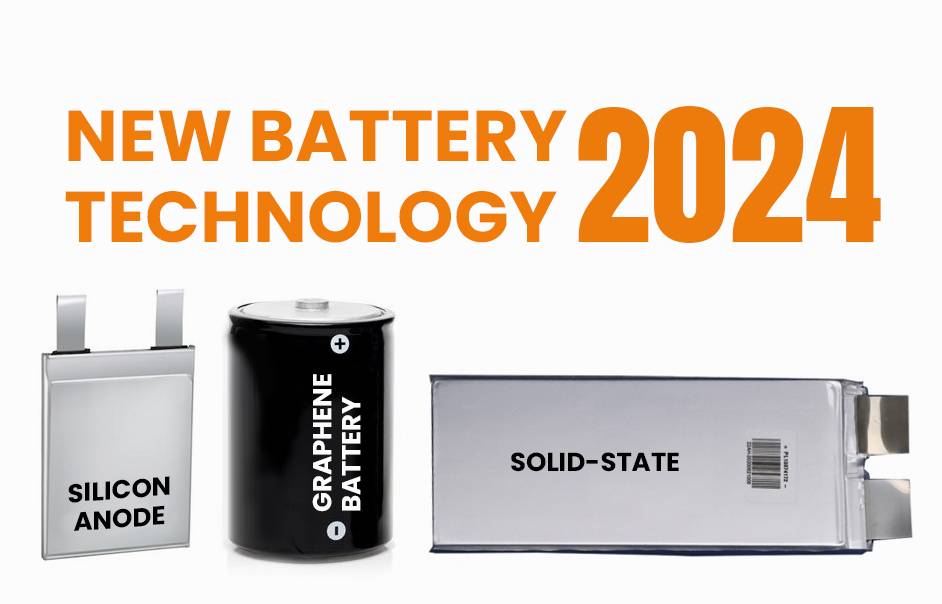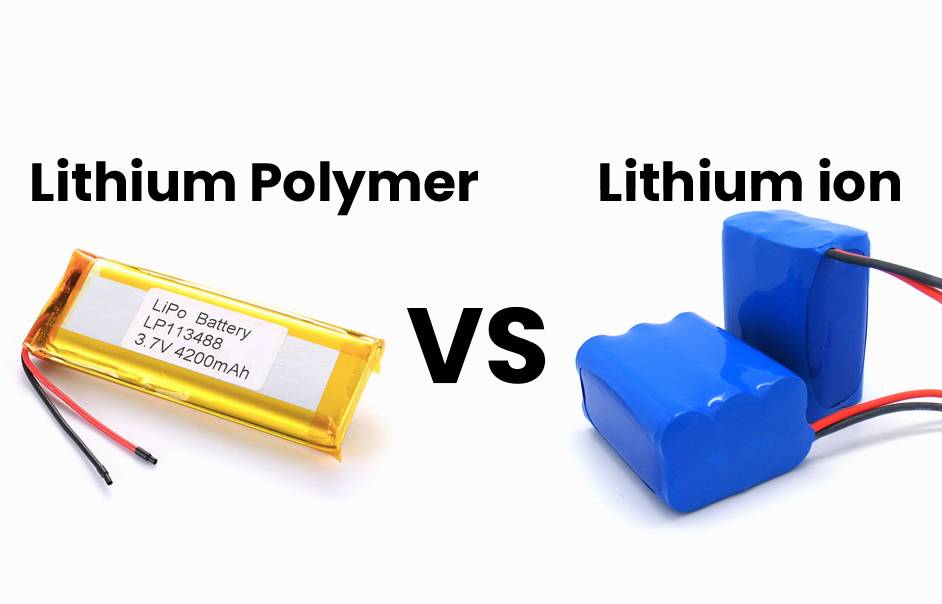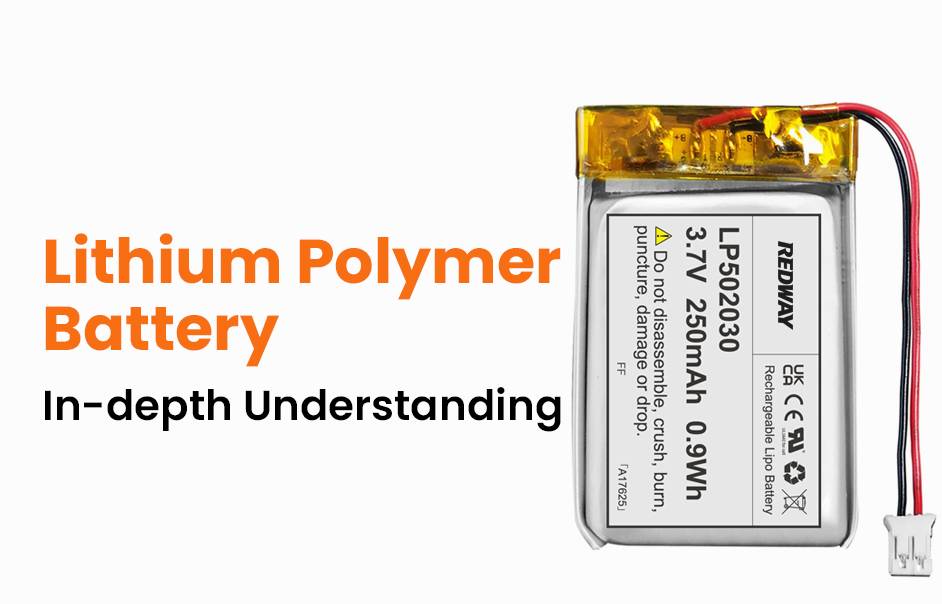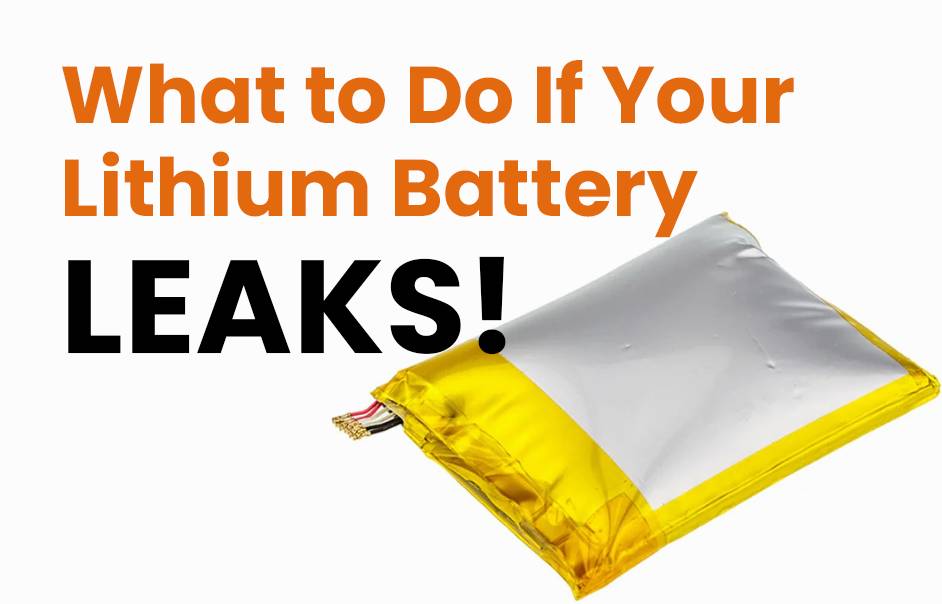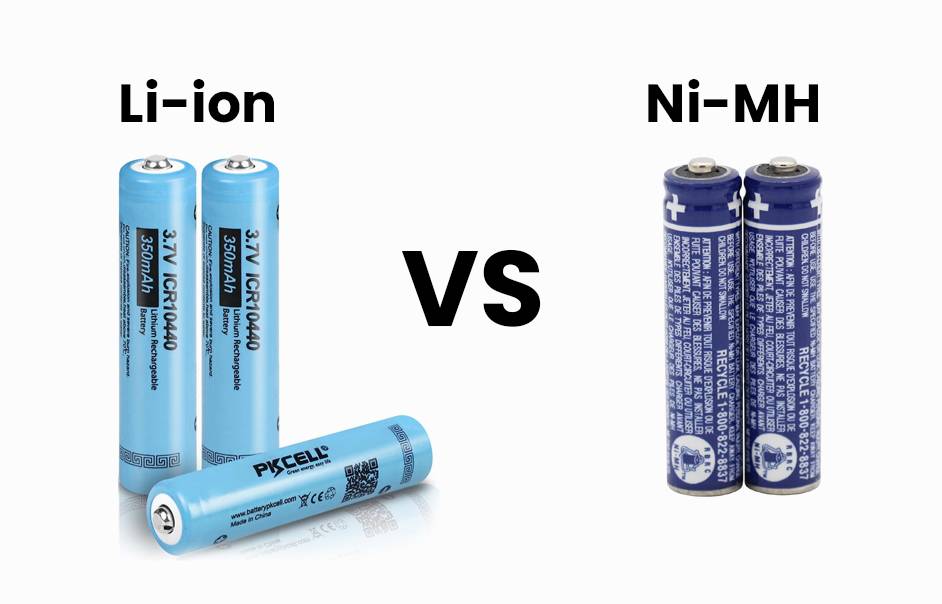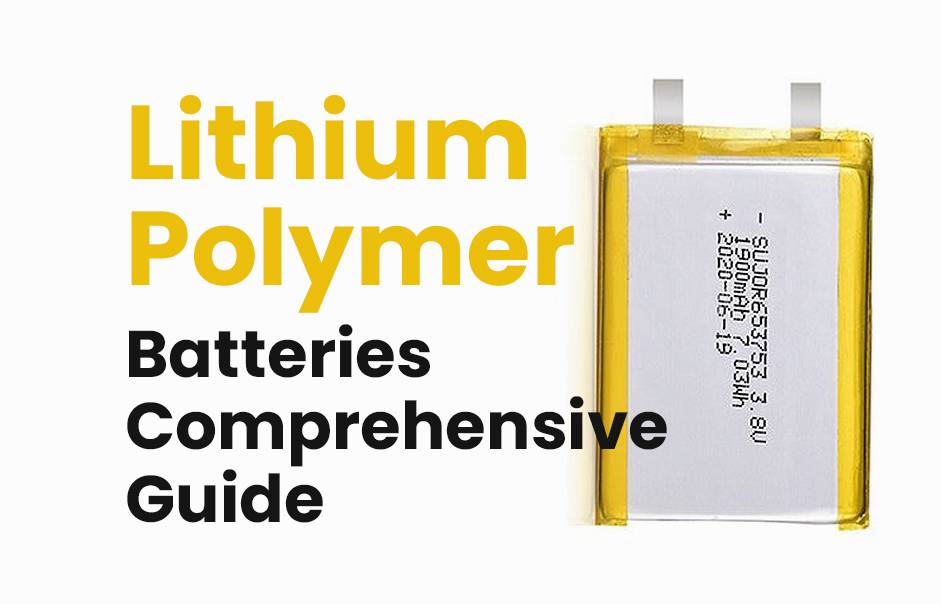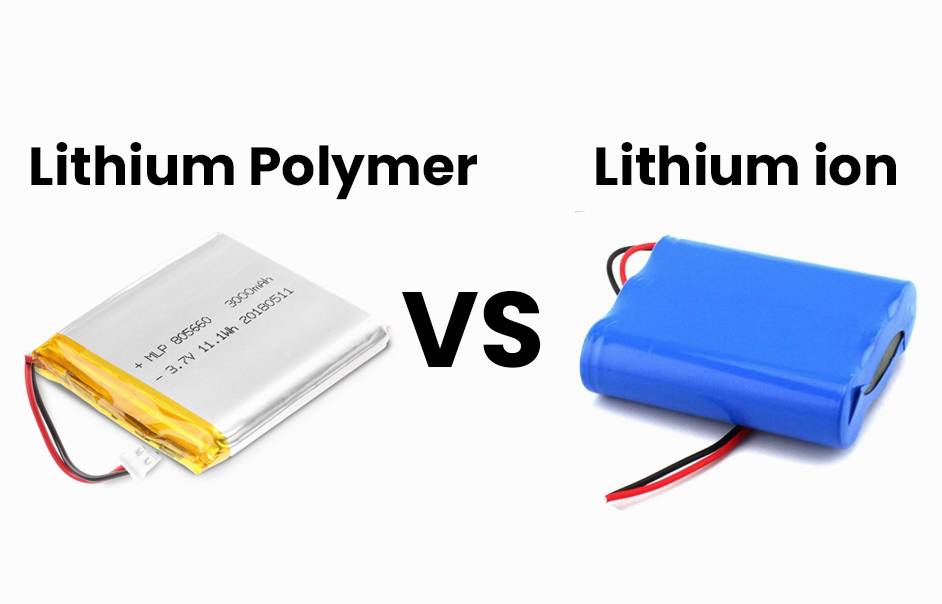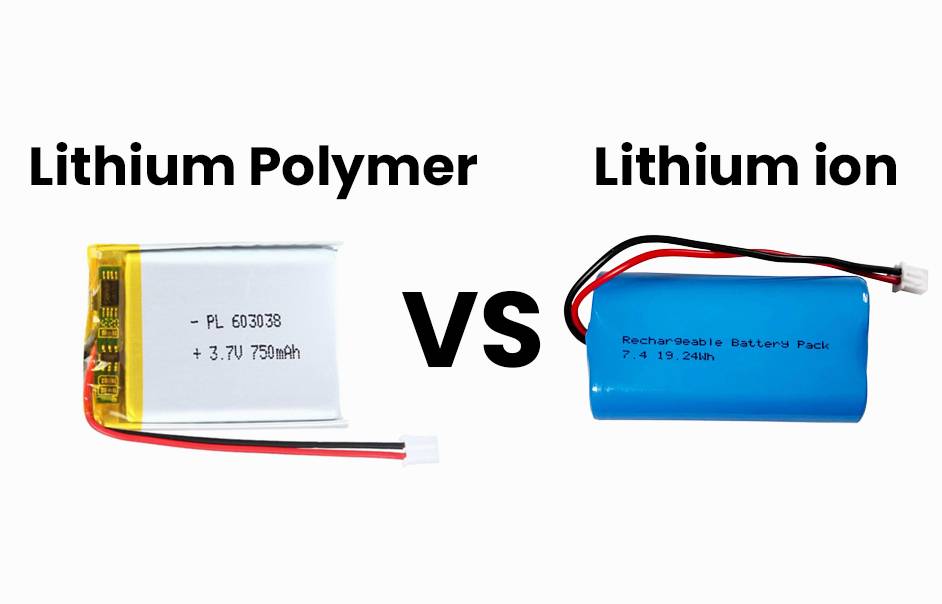- Forklift Lithium Battery
-
48V
- 48V 210Ah
- 48V 300Ah
- 48V 420Ah (949 x 349 x 569 mm)
- 48V 420Ah (950 x 421 x 450 mm)
- 48V 456Ah
- 48V 460Ah (830 x 630 x 590 mm)
- 48V 460Ah (950 x 421 x 450 mm)
- 48V 460Ah (800 x 630 x 600 mm)
- 48V 460Ah (820 x 660 x 470 mm)
- 48V 500Ah
- 48V 560Ah (810 x 630 x 600 mm)
- 48V 560Ah (950 x 592 x 450 mm)
- 48V 600Ah
- 48V 630Ah
-
48V
- Lithium Golf Cart Battery
- 12V Lithium Battery
12V 150Ah Lithium RV Battery
Bluetooth App | BCI Group 31
LiFePO4 Lithium
Discharge Temperature -20°C ~ 65°C
Fast Charger 14.6V 50A
Solar MPPT Charging - 24V Lithium Battery
- 36V Lithium Battery
- 48V Lithium Battery
-
48V LiFePO4 Battery
- 48V 50Ah
- 48V 50Ah (for Golf Carts)
- 48V 60Ah (8D)
- 48V 100Ah (8D)
- 48V 100Ah
- 48V 100Ah (Discharge 100A for Golf Carts)
- 48V 100Ah (Discharge 150A for Golf Carts)
- 48V 100Ah (Discharge 200A for Golf Carts)
- 48V 150Ah (for Golf Carts)
- 48V 160Ah (Discharge 100A for Golf Carts)
- 48V 160Ah (Discharge 160A for Golf Carts)
-
48V LiFePO4 Battery
- 60V Lithium Battery
-
60V LiFePO4 Battery
- 60V 20Ah
- 60V 30Ah
- 60V 50Ah
- 60V 50Ah (Small Size / Side Terminal)
- 60V 100Ah (for Electric Motocycle, Electric Scooter, LSV, AGV)
- 60V 100Ah (for Forklift, AGV, Electric Scooter, Sweeper)
- 60V 150Ah (E-Motocycle / E-Scooter / E-Tricycle / Tour LSV)
- 60V 200Ah (for Forklift, AGV, Electric Scooter, Sweeper)
-
60V LiFePO4 Battery
- 72V~96V Lithium Battery
- Rack-mounted Lithium Battery
- E-Bike Battery
- All-in-One Home-ESS
- Wall-mount Battery ESS
-
Home-ESS Lithium Battery PowerWall
- 24V 100Ah 2.4kWh PW24100-S PowerWall
- 48V 50Ah 2.4kWh PW4850-S PowerWall
- 48V 50Ah 2.56kWh PW5150-S PowerWall
- 48V 100Ah 5.12kWh PW51100-F PowerWall (IP65)
- 48V 100Ah 5.12kWh PW51100-S PowerWall
- 48V 100Ah 5.12kWh PW51100-H PowerWall
- 48V 200Ah 10kWh PW51200-H PowerWall
- 48V 300Ah 15kWh PW51300-H PowerWall
PowerWall 51.2V 100Ah LiFePO4 Lithium Battery
Highly popular in Asia and Eastern Europe.
CE Certification | Home-ESS -
Home-ESS Lithium Battery PowerWall
- Portable Power Stations
Understanding the Physical and Chemical Properties of Lithium
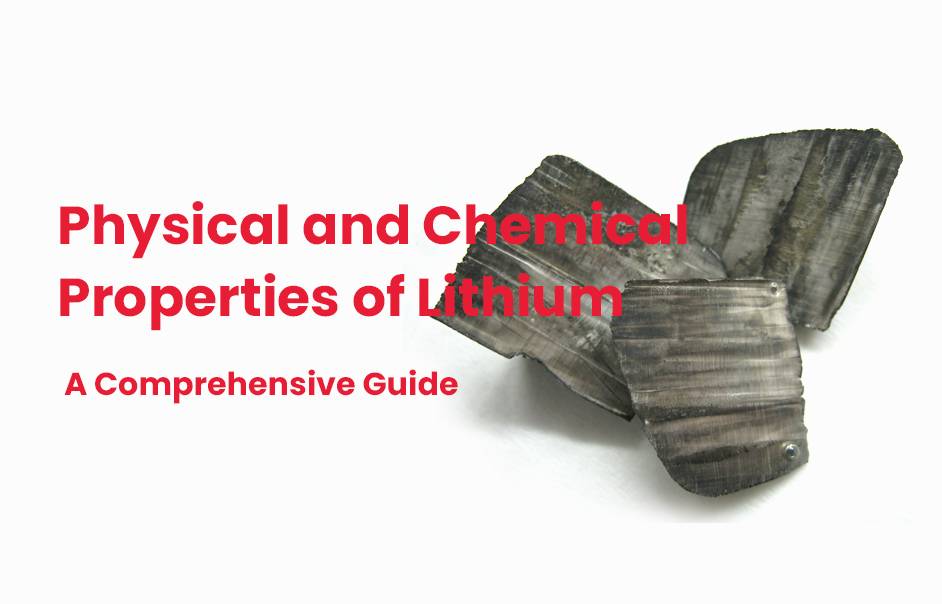
Lithium is a soft, silvery-white metal that plays a crucial role in modern technology, particularly in battery production and various industrial applications. Understanding its physical and chemical properties is essential for grasping its significance in both everyday products and advanced technologies.
What Is Lithium?
Lithium (Li) is an alkali metal with atomic number 3, known for being the lightest solid element at room temperature. It has a relative atomic mass of approximately 6.94 and exhibits unique properties that make it valuable for various applications.
What Are the Physical Properties of Lithium?
Lithium possesses several notable physical properties:
- Density: Approximately 0.534 g/cm³, making it less dense than water.
- Melting Point: 180.5 °C (356.9 °F), which is relatively low compared to other metals.
- Boiling Point: 1342 °C (2448 °F), indicating it remains solid at high temperatures.
- These properties contribute to its use in lightweight applications such as batteries.
What Are the Chemical Properties of Lithium?
Lithium’s chemical properties include:
- High reactivity with water, resulting in hydrogen gas release and formation of lithium hydroxide.
- Reacts readily with air to form lithium oxide.
- Exhibits a +1 oxidation state in compounds due to its single valence electron.
- These characteristics make lithium essential for various chemical processes.
What Are the Uses of Lithium?
Lithium is utilized across multiple industries:
- Batteries: Predominantly in lithium-ion batteries for electronics and electric vehicles due to their high energy density.
- Pharmaceuticals: Used as a mood stabilizer in treating bipolar disorder.
- Glass and Ceramics: Enhances thermal resistance in glass products.
- Its versatility makes it indispensable in modern technology.
How Does Lithium React with Water?
When lithium comes into contact with water:
- It reacts vigorously, producing flammable hydrogen gas and strong alkaline lithium hydroxide.
- This reaction exemplifies lithium’s high reactivity among alkali metals; precautions must be taken when handling it near moisture.
What Is the Significance of Lithium in Batteries?
Lithium’s significance in battery technology stems from:
- Its ability to store large amounts of energy relative to its weight.
- The efficiency with which it can be charged and discharged, making it ideal for portable electronics and electric vehicles.
- Ongoing research aims to improve lithium-based batteries further through innovations like solid-state designs.
What Are the Health Effects of Lithium?
While lithium has therapeutic benefits:
- It can lead to toxicity if levels exceed therapeutic ranges; symptoms may include nausea, tremors, or more severe neurological effects.
- Regular monitoring is essential for individuals receiving lithium treatment to avoid adverse effects.
What Are the Environmental Effects of Lithium?
The environmental impact associated with lithium includes:
- Potential habitat destruction from mining operations.
- Water pollution risks during extraction processes.
- Efforts are being made to improve sustainable practices within lithium production to mitigate these effects.
How Is Lithium Extracted from Natural Resources?
Lithium extraction methods primarily involve:
- Mining hard rock deposits (spodumene) or extracting from brine sources found in salt flats.
- The extraction process requires significant energy input and must be managed carefully to minimize environmental impact.
What Are the Safety Precautions When Handling Lithium?
Safety precautions include:
- Using protective gear when handling lithium metal or compounds.
- Storing lithium away from moisture or reactive substances to prevent dangerous reactions.
- Following proper disposal methods for lithium-containing products to avoid environmental contamination.
How Does Lithium Recycling Work?
Lithium recycling involves:
- Recovering valuable materials from spent batteries through mechanical processes followed by chemical treatments.
- Innovations are being developed to enhance recovery rates while reducing environmental impacts associated with battery disposal.
Expert Views:
“Lithium’s unique properties make it an essential material for modern technology,” states an expert in materials science. “However, understanding its reactivity and environmental impact is crucial for sustainable practices.”
Lithium-ion battery, How does it work?
Lithium-ion batteries work by moving lithium ions between two parts: the anode and the cathode. When charging, lithium ions travel from the cathode to the anode, and during discharging, they move back, creating electrical current. These batteries are made of graphite for the anode and metal oxides for the cathode and have safety features to prevent overheating.














